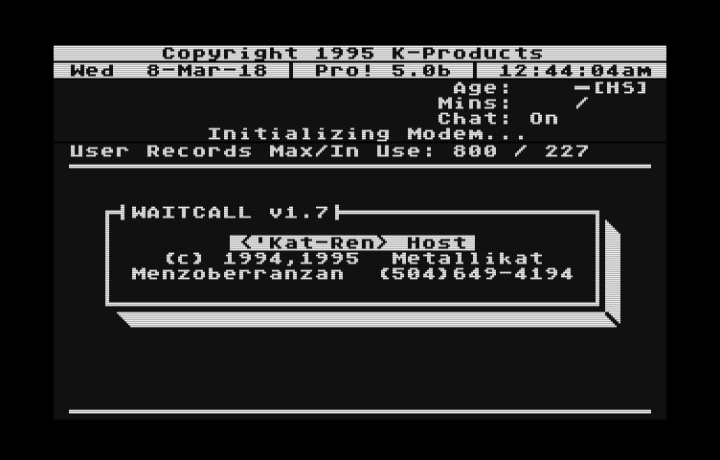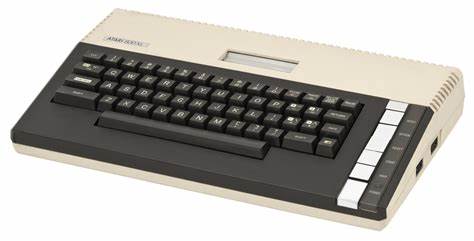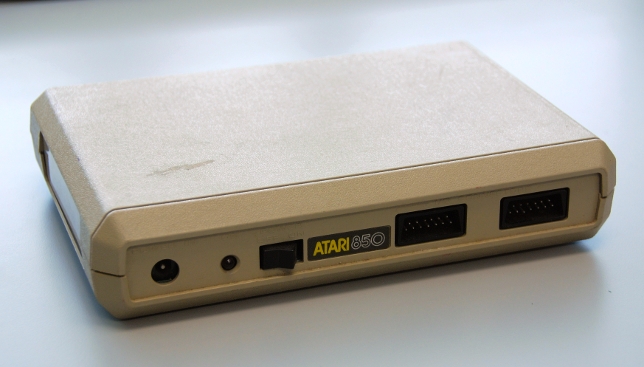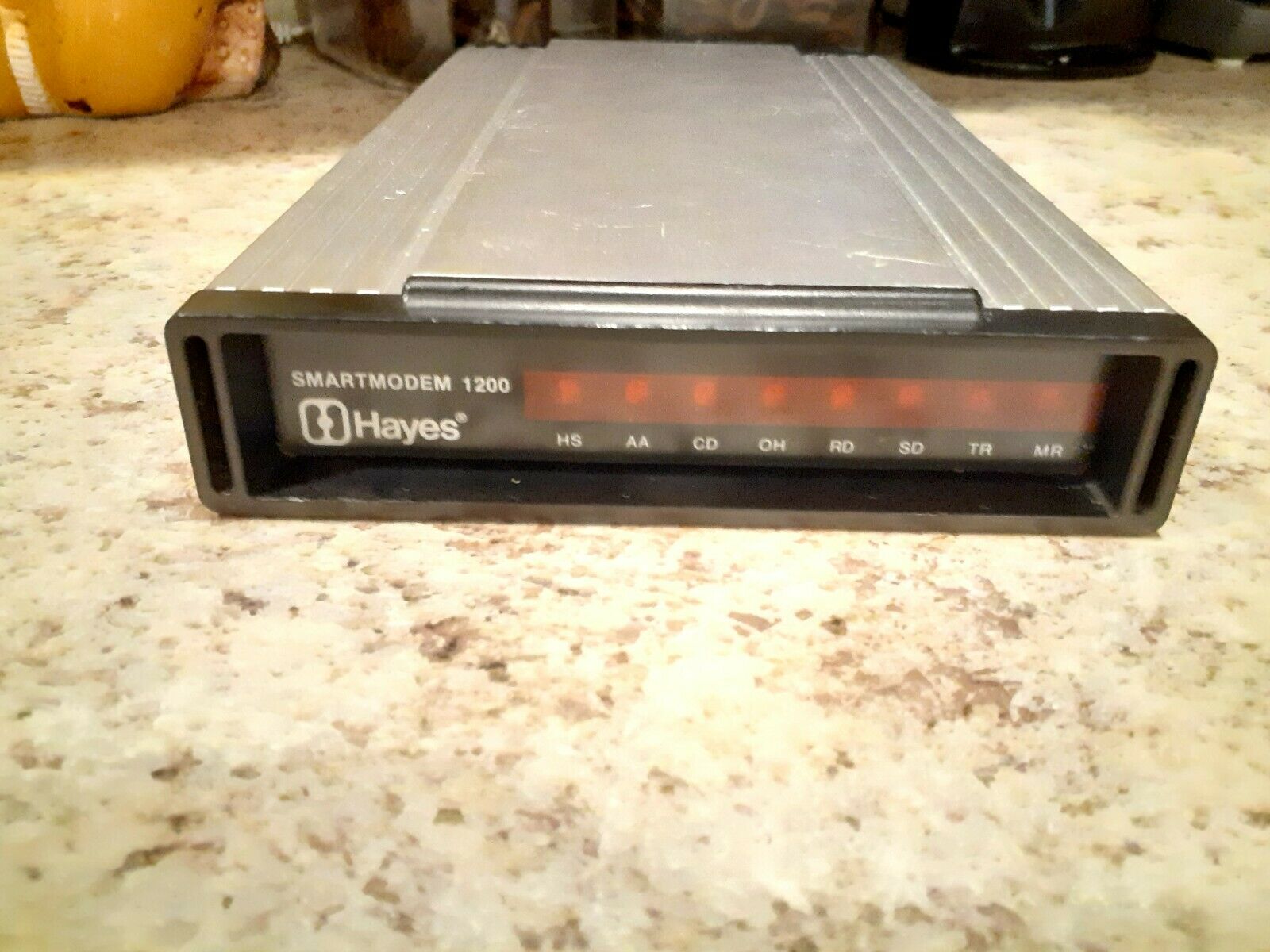
In the early 1980’s I was deep into my Atari 8 bit computer stage. When I got to university, I wanted to use it for papers and other things I had to write (this was pre-IBM PC) so I needed a printer. I bought a solid Epson dot matrix printer, and to connect it to the Atari. I needed an IO expander, so I bought the Atari 850, which plugged into the computer’s SIO port, and it provided serial (RS232) and Parallel ports for printers.
It was a short hop to add a modem and begin doing the online thing. I quickly found Atari BBS’s (Bulletin Board System) and the wonderful world of trading software.
Suddenly, my supply of cool, uh, non-refundable software became large.
But I quickly downloaded the software, and set up my bulletin board.
And, it was a lot of fun.
The Software
The Atari 8 bit BBS’s were mostly run on a software called FoReM, which stands for “Friends of Rick E. Moose” and it was written in Basic.
That was good and bad. The good was that it was easy to dive into the code and customize it. The bad is that it is written Basic, and slow.
But I was addicted. I migrated to FoReM XL that used the Basic XL where it used bank switching to use the extra memory on the Atari 800XL (it came with 64K) and then ultimately FoReM XE, that leveraged all the memory on a 130XE. That made it a bit easier to customize, but the reality was that for all three versions, I was at the limit of memory available. Adding new code meant cleaning up old stuff and making room, otherwise you couldn’t save the program to disk.
The Hardware
I began with my Atari 800, but pretty quickly, I realized that I wanted a second computer to run the BBS. And the Atari 800XL was released, and spec wise, it was perfect. It had extra memory, so I bundled it with Basic XL, and FoReM XL, to eke out a little more memory to use.

The Atari 8-bit computers were limited on IO out of the box. It had joystick ports, it had a proprietary output for composite video and audio, there was an RF output (both audio and video to plug into a TV) and a single SIO port. The SIO port was a custom form factor serial bus, but it was how you attached disk drives, tape drives, and others to the computer. The way to get RS232 and parallel connections, you needed an Atari 850 interface box.

I bought this originally to connect my Epson printer to my Atari. But this also enabled the connection to a modem, and to get online. So, I saved up my pennies, and bought a Hayes Smartmodem 300, and bought a dedicated phone line for my bedroom (I was still living at home) to connect to it. This was circa 1982/1983, and the Atari BBS scene was lively.

Ever wonder where they dial string ATDT xxx-xxx-xxxx came from? Yes, it was from the Hayes modems.
The wares
Yes, I was a massive pirate of Atari games. At the time, I justified it because I was pretty poor, but that was a lame excuse even then. But it didn’t stop me.
We traded tons of games, looking for when the cracking groups would break new software and upload it. Soon, it would spread out across the myriad BBS operators, and we all clamored to grab them and post them to our BBSs.
I bought floppies by the hundreds (Fry’s Electronics was the BOMB back in the day) and filled them.
Even with 4 floppy drives, all double sided and double density, I could only handle a limited set of files online. There were no hard drives. Fully loaded, that was less than one megabyte of storage. But, most games were 8K or so, thus you could have a reasonable amount of items online to share.
Part of the fun was to curate the disk set, and mix it up so visitors would have interesting things to browse. I used to have a schedule, and my frequent visitors would be sure to be online when the goods were there.
In the 1990’s I went legit, and stopped pirating. I do feel bad for my prior history. Perhaps if there was less piracy, the Atari would have remained relevant. But likely not.
Later Days
After I bought a 520ST, I continued to run a BBS, and even dabbled with running one on the first IBM PC Clone I built, but by the late 1980’s I was losing my interest. Work and school were brutal, and I wan’t enjoying the interaction with people across the country again.
Early on, I would hear when someone would call in during the night, and would often wake up to watch them, and frequently chat with them in real time.
My BBS was called The Hotel California. I even remember my phone number.
